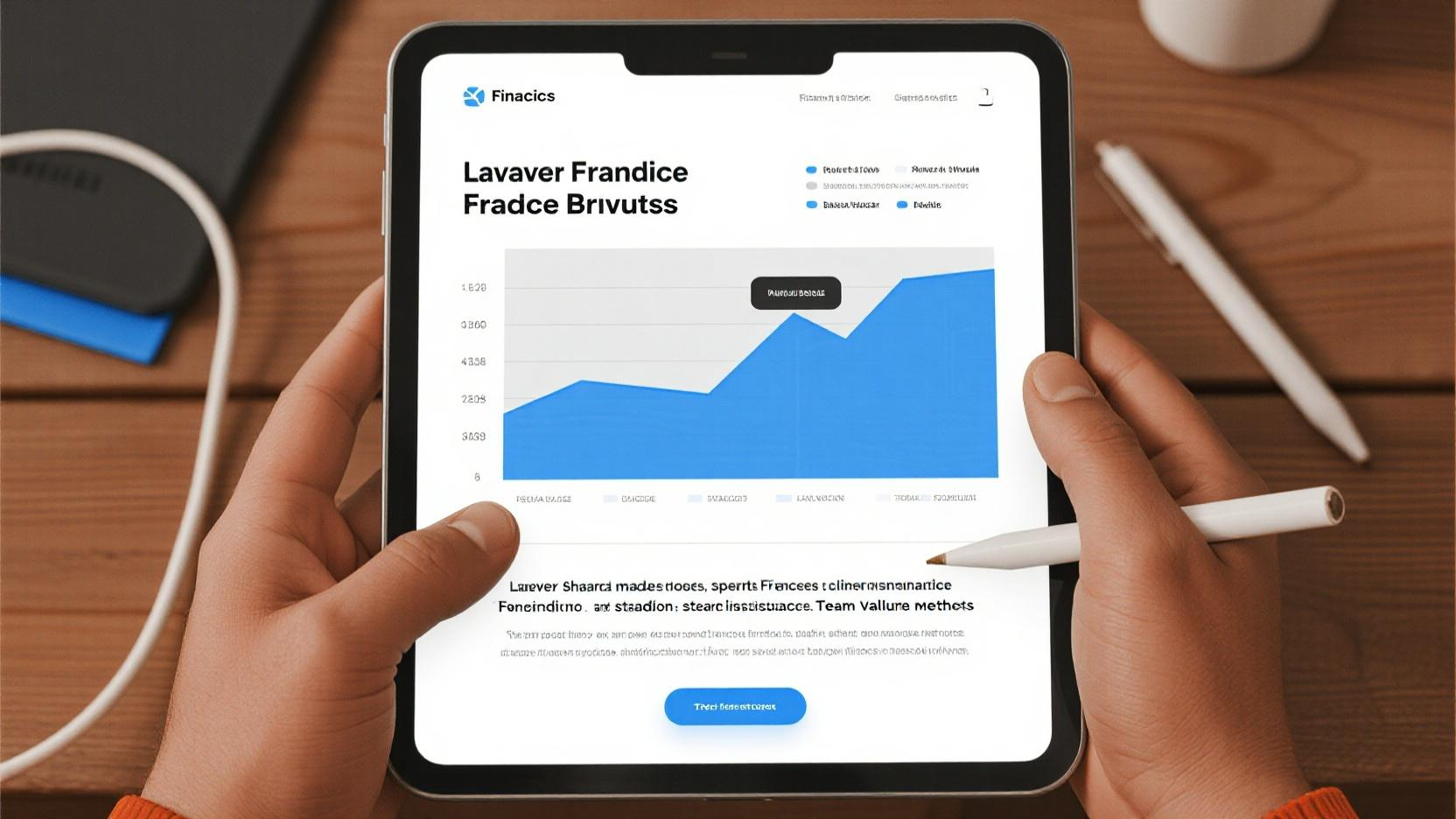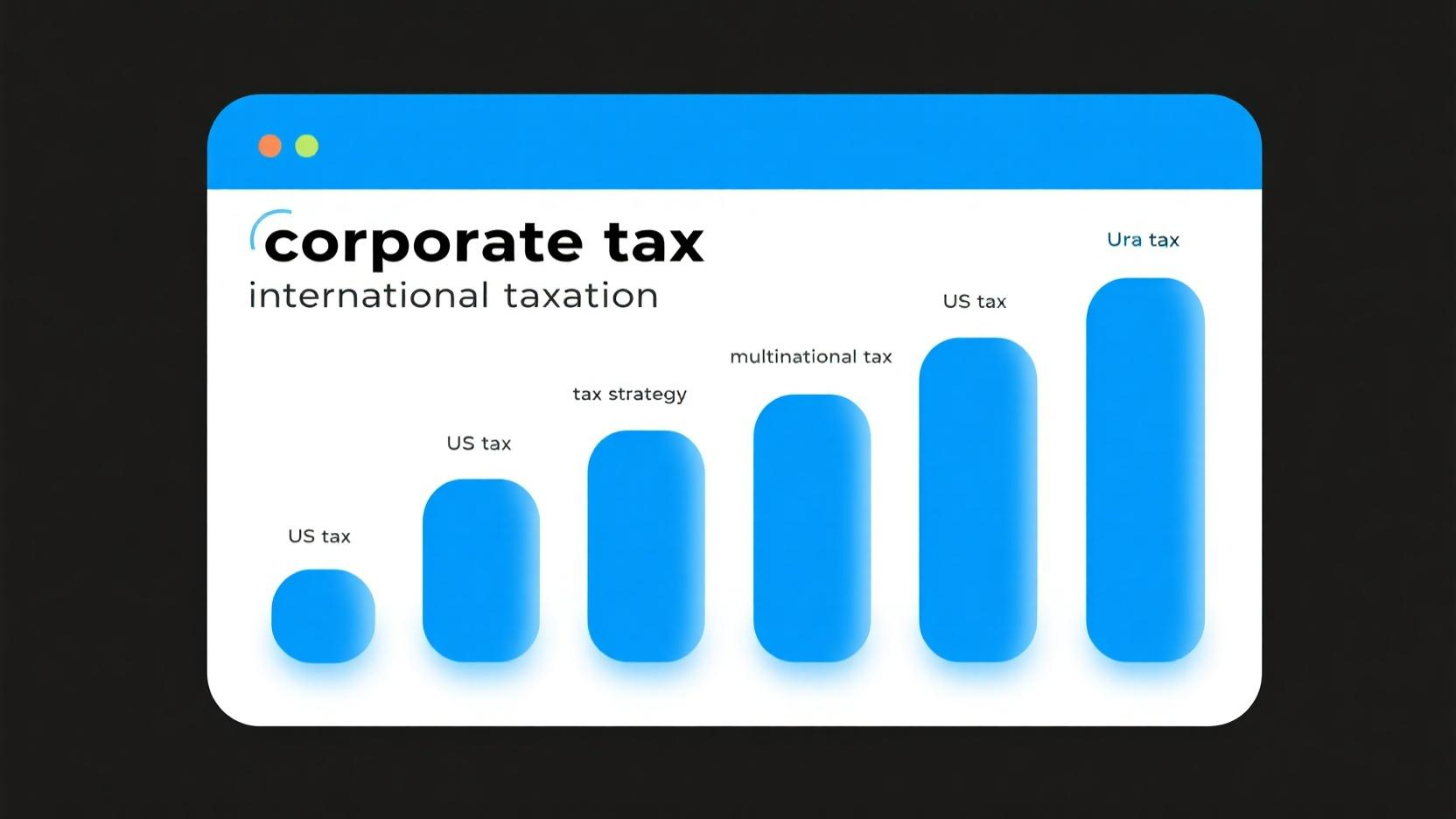Image Source: unsplash
A Practical Guide to Developing Long-Term Financing Strategy helps businesses secure funding for growth. It aligns financial plans with future goals, enabling companies to adapt to changes.
- Many countries offer tax benefits for green investments, making them increasingly popular.
- Companies with effective financing strategies grow 25% faster and achieve 40% more profit.
Good planning builds resilience, empowering businesses to manage risks and make informed decisions.
Key Takeaways
- Knowing your company’s money situation is very important. Check income, spending, and cash flow often to make smart choices.
- Make SMART money goals to help your business. These are Specific, Measurable, Achievable, Relevant, and Time-based goals to track progress well.
- Look at and change your money plans often. Regular checks make sure your plans match market changes and future goals.
Check Your Current Money Situation
Knowing a company’s money situation is key for long-term plans. This step helps businesses make smart choices and plan for the future.
Look at Money Coming In and Going Out
Checking income and expenses shows how healthy a company’s finances are. Businesses can use tools like time series analysis to spot patterns and seasonal changes. Regression analysis shows links, like how ads affect sales. Budgeting methods, like zero-based or activity-based budgeting, help spend money wisely by reviewing costs carefully.
Good data, like past financial records and market trends, is important. It helps businesses find patterns, set goals, and change plans when needed.
Check Cash Flow
Looking at cash flow ensures businesses have enough money to pay bills. A cash flow statement shows cash from operations, investing, and financing. For example:
| Part of Cash Flow | What It Means |
|---|---|
| Cash from operations | Money made from main business activities. |
| Cash used in investing | Money spent on buying assets or other businesses. |
| Cash from financing | Money received from or paid to investors and lenders. |
Watching these parts helps businesses avoid money problems and find chances to grow.
Look at Debt and Money Owed
Checking debt and money owed helps measure financial risks. Ratios like debt-to-equity and interest coverage show how well a company handles its debts. For example:
| Financial Ratio | Formula | What It Shows |
|---|---|---|
| Debt-to-Equity Ratio | Total Liabilities ÷ Total Shareholders’ Equity | Shows how much debt versus owner money funds the company. |
| Interest Coverage Ratio | EBIT ÷ Interest Expenses | Shows how easily the company pays interest using its earnings. |
These numbers help businesses find problems and make plans to stay financially strong.
Define Long-Term Financial Goals
Setting clear money goals helps build a strong business. These goals guide decisions and match the company’s main plans.
Use SMART Goals to Plan
Businesses should use SMART rules to set money goals. SMART means Specific, Measurable, Achievable, Relevant, and Time-bound. For example, instead of saying, "Make more money," a SMART goal is, "Grow revenue by 15% next year by entering two new markets." This method makes goals clear and easy to track.
To set good goals, companies can use data and key numbers. The table below shows important metrics for setting targets:
| Metric Type | What It Means |
|---|---|
| Cash Flow | Shows how much money is available for daily work. |
| Revenue Growth | Tracks how sales grow over time for future plans. |
| Profitability Ratios | Measures how well a company makes profit from sales or assets. |
| Industry Standards | Compares performance with competitors to set better goals. |
Using these numbers helps businesses aim high but stay realistic.
Match Goals with Business Plans
Long-term money goals should fit the company’s big vision. Good financial forecasts are key to this. They predict costs and income, making sure goals match the company’s plans. For example, startups can use forecasts to get funding. Older companies can improve their plans and choices.
Making accurate financial reports is the first step. These reports help check success chances and use resources wisely. By matching money goals with the company’s vision, businesses can grow and stay strong.
Create Financial Predictions
Good financial predictions are key for long-term money plans. They show how to grow income, manage costs, and find funds. This helps businesses make smart choices.
Guess Future Income and Sales
Predicting income means looking at past data and trends. Businesses can use simple methods like straight-line or moving averages. These tools help find patterns in past sales. For example, linear regression shows how things like ads affect income. Companies with steady income, like subscription services, use time series analysis. This shows seasonal trends and repeated patterns.
Expert opinions and market studies also help. They add details about changes in the industry or customer habits. Mixing these methods gives a full and realistic income guess.
Plan for Future Costs
Good cost guesses keep money plans steady. Simple methods like percent-of-sales use past data to predict costs. For example, this method links costs to expected income. It’s an easy way to match spending with growth.
Experts can also help predict costs when data is missing. They use ideas like the Delphi method to guess costs based on market changes. Combining these ways makes cost predictions more accurate and flexible.
Find Money Needs
Finding money needs means studying income, costs, and cash flow. Planning for different situations helps spot money gaps early. For example, past trends can predict income, while market research shows future costs. These details help make plans for investments and funding.
Experts suggest having a long-term money plan for at least five years. This plan should include income, costs, and outside factors. It helps businesses stay ready for challenges and chances.
Identify and Evaluate Funding Options

Image Source: pexels
Businesses need to pick funding options wisely to stay stable. This means looking at both inside and outside sources and checking their costs and effects.
Internal Funding Sources
Internal funding comes from within the business, like saved profits or selling assets. Saved profits are earnings put back into the company. For example, a florist in London used saved profits to open another shop, growing its reach. Selling things the business no longer needs, like old equipment, is another quick way to get money. A fast-food chain, for instance, sold its delivery vans after hiring another company for deliveries, freeing up cash for other uses.
| Advantages | Disadvantages |
|---|---|
| No interest or repayment | Limited funds available |
| Quick access to cash | Unsuitable for large-scale investments |
External Financing Options
External funding includes loans, selling shares, and eco-friendly finance. Loans give quick money but must be paid back with interest. Selling shares brings long-term funds by giving up part ownership. Eco-friendly finance is growing because of new rules and investor interest. Many investors now care about Environmental, Social, and Governance (ESG) goals, making this a smart choice for businesses wanting profit and social good.
-
Key Considerations:
- Check metrics like Return on Equity (ROE) and debt-to-equity ratios.
- Look at trends in green investments and tax breaks for eco-projects.
Compare Costs and Implications
To choose the best funding, businesses should follow a clear process. They need to set rules, collect facts, and compare options. Cost-benefit analysis (CBA) helps measure if an option is worth it.
| Method | Description |
|---|---|
| Benchmarking | Compare performance metrics with top companies. |
| Cost-Benefit Analysis | Measure costs and benefits to see what works best. |
| SWOT Analysis | Study strengths, weaknesses, opportunities, and risks. |
A good long-term financing plan includes checking all funding choices. This ensures financial decisions match business goals.
Manage Financial Risks
Handling financial risks is key to keeping a business stable. Companies should find risks early, plan ways to reduce them, and check their plans often to stay ready for changes.
Spot Possible Risks
Finding risks starts with knowing what could harm finances. Common risks include:
- Market risk: Changes in markets that affect investments.
- Credit risk: When borrowers don’t pay back money owed.
- Liquidity risk: Trouble paying short-term bills.
- Operational risk: Problems with systems or processes.
- Compliance risk: Breaking rules and facing legal trouble.
Businesses can use tools like data analysis and stress tests to study risks. Stress tests show how plans work in tough times. Key Risk Indicators (KRIs) warn about growing risks early.
Plan Ways to Reduce Risks
Lowering risks needs both prevention and quick actions. Helpful steps include:
- Using strong controls to stop mistakes and fraud.
- Protecting against market changes with hedging methods.
- Saving extra money for tough times.
- Managing cash flow well to avoid money problems.
- Using FP&A tools for real-time updates and insights.
Teaching employees about risks helps everyone work to reduce them.
Watch and Update Risk Plans
Checking plans often keeps risk strategies useful. Risk audits and meetings help find new problems and fix plans. KRIs track risks with clear numbers. Regular reviews show new dangers. Watching risks closely helps businesses stay strong and ready.
Tip: Reviewing risks often helps businesses handle surprises and find new chances.
Put Your Plan into Action and Keep Track
Make a Step-by-Step Plan
Start with a clear, simple plan for your finances. Share the plan with your team and give everyone a job. Set up systems to check progress and fix problems. Regular reviews help find what’s missing and improve the plan.
Your financial plan should match your company’s goals and values. It needs clear steps and tools to track success. For example, managing cash flow well can boost profits and lower risks. Looking back on results helps you see what works and make changes to reach your goals.
Tip: Giving team members specific tasks keeps things organized and on track.
Choose Key Success Measures (KPIs)
KPIs are numbers that show how well your plan works. They include liquidity, profitability, solvency, and turnover ratios. These numbers help check your company’s financial health.
| KPI Type | What It Shows |
|---|---|
| Liquidity Ratios | How well short-term debts are managed using short-term assets. |
| Profitability Ratios | How much profit is made while keeping costs low, like net profit margin. |
| Solvency Ratios | If the company can pay long-term debts. |
| Turnover Ratios | How fast inventory turns into sales, showing efficiency. |
Growth in revenue and profit margins also show how competitive and efficient your business is.
Watch Progress and Make Changes
Use tools to track how your plan is doing. Dashboards, tracking software, and scorecards give real-time updates. Planning for different situations helps adjust to changes.
Check progress often, like monthly or quarterly reviews. These checks improve your plan and keep it on track. Real-time updates show where to improve, while yearly reviews look at long-term goals.
Note: Watching progress closely helps businesses stay flexible and find new chances.
Regularly Check and Update Your Plan
Updating financial plans often helps businesses stay strong in changing times. Regular checks and updates keep plans in line with market changes and long-term goals.
Do Regular Financial Checks
Checking finances often shows how a company is doing and what needs fixing. Comparing planned numbers with real results every few months avoids money problems. These checks also make sure goals, KPIs, and targets match current needs.
- Strong financial planning helps companies grow faster and earn more.
- Comparing with others in the industry shows strengths and weaknesses.
- Using a balanced scorecard looks beyond money to improve strategies.
Regular checks help businesses handle changes and stay financially steady.
Change Goals When Markets Shift
Market trends and the economy can change financial goals. Looking at past data and using tools like regression analysis helps adjust plans. Companies can find patterns in old data to prepare for risks and chances.
- Time series analysis finds seasonal trends for better predictions.
- A connected global market needs quick changes to manage risks and grab chances.
Changing plans based on market data keeps financial strategies useful and up-to-date.
Match Plans with Long-Term Goals
Financial plans should always fit the company’s big goals. Certain metrics help check this match. For example:
| Metric Type | What It Shows | Why It Matters |
|---|---|---|
| Liquidity Ratios | If short-term bills can be paid. | A ratio above 1 means good financial health. |
| Profitability Ratios | How well sales turn into profit. | Higher profits show good cost control. |
| Leverage Ratios | How much debt is used for funding. | Shows financial risks and smart debt use. |
| Efficiency Ratios | How well operations are managed. | High turnover rates mean better management. |
Using these metrics ensures plans support growth and financial strength.
Tip: Checking goals often keeps them realistic and in line with the company’s vision.
Making a long-term financing strategy needs important steps. Companies should check their money situation, set SMART goals, make predictions, pick funding options, and handle risks well. Regular checks, like every three months, keep plans useful. Tools like scenario planning and flexible management help businesses adjust to changes.
Key Steps for Success:
- Keep communication clear and simple.
- Give team members specific tasks.
- Use numbers to measure progress.
| Key Step | Why It Matters |
|---|---|
| Regular checks | Keeps plans updated with business changes. |
| Ongoing assessments | Helps adjust to market shifts. |
| Open learning culture | Supports new ideas and staying relevant. |
Being flexible and planning ahead helps businesses grow steadily. Companies that stay open to change and spend on new ideas stay strong. By focusing on financial health and smart planning, businesses can succeed for a long time.
FAQ
Why is a long-term financing plan important?
A long-term financing plan helps businesses grow steadily. It matches money resources with goals and reduces risks. It also helps companies get funds and handle market changes well.
How often should companies check their financial plans?
Companies should check their financial plans every three months. Regular checks find problems, fix plans, and keep them updated with market changes and company needs.
What tools help with financial planning?
Tools like dashboards, forecasting apps, and scenario models give updates. These tools make decisions easier and improve financial planning accuracy.










